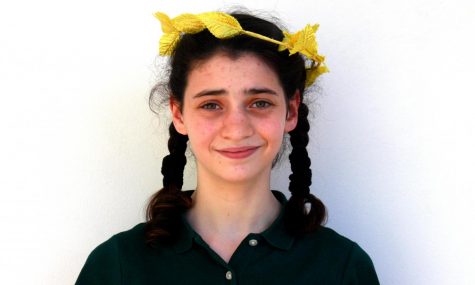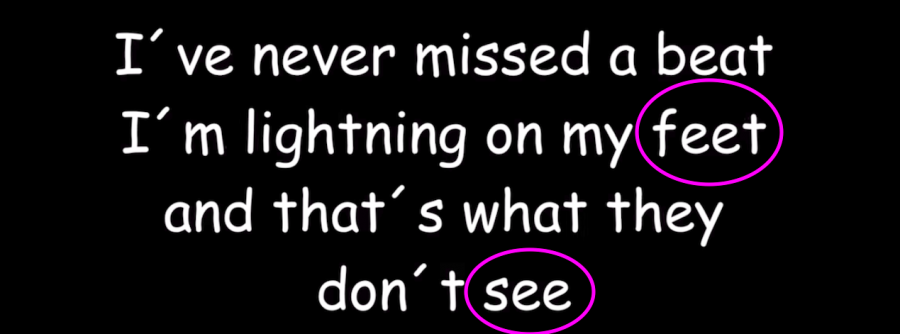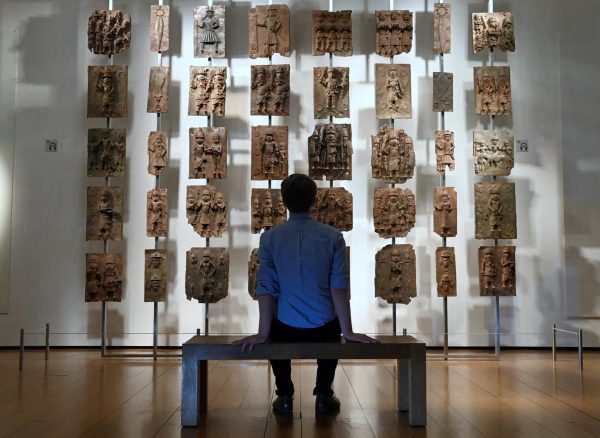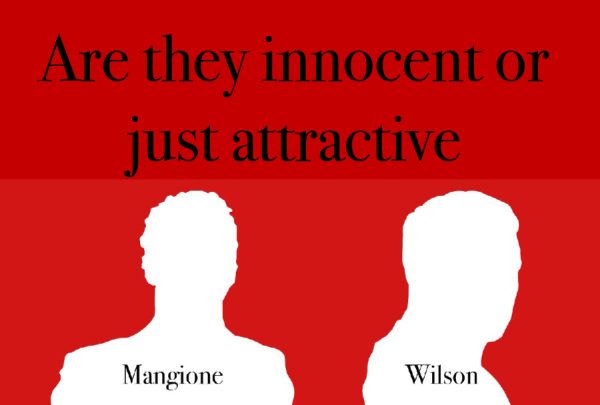Middle School Spotlight: Pop culture is harming disabled youth
In Taylor Swift’s song “Shake it Off “the offensive words are circled in pink. The words circled are possible actions and body traits that a disabled child would not be able to perform/have, leaving the disabled child feeling worthless. Infographic by Cybele Zhang.
Middle School Spotlight is an occasional series showcasing Archer middle school students who are learning about journalism. These were written for a class assignment then submitted to The Oracle. Outstanding pieces were selected for publication by the Editorial Board.
The clock chimes hollowly and the miserable soon-to-be princess runs down the stairs of the palace leaving her dainty shoe alone on the steps.
Chances are you’re familiar with Cinderella’s seemingly harmless tale or current hit songs such as Ed Sheeran’s Shape of You. Most people don’t find anything wrong with princess stories and popular music, yet one detail is overlooked by most consumers.
As a newly minted teenager with a physical disability since birth, I have a unique perspective to share. Lack of physical disability awareness in the media is harming the lives of the handicapped.
According to Audrey Tramel, a medical doctor who specializes in primary care, representation of one’s self in pop culture directly affects self confidence and self definition. Kids with disabilities are already subject to higher rates of depression, bullying and social isolation, yet I believe all of this can be avoided.

Disney.
In pop culture, artists make references to what they believe to be normal actions all the time. If you look at any song or movie, there’s constant use of walking, running, talking and dancing. When I was younger, I was disappointed time and time again when I saw characters run across the screen smoothly and not in the different galloping gait I used. Not seeing myself, weird gallop and all, on the screen made me wonder if something was wrong with me. I did not see myself as a princess, knight, police officer or a heroine. This greatly effected my confidence because I didn’t see that people like me could be successful in anything at all.
Disney has already made the leap to include diverse cultures in their media, however, they are a large source of the under representation. Disney princesses are idols who radiate perfection. They are full of movement and perform tasks that 19.4 percent of the youth population deem impossible or hard to perform.
If Disney were to put a perfect princess or prince in a wheelchair, disabled youth will finally see themselves represented as heroes and heroines and not the weird kid in the background of some movie. All it takes is one lyric change from ‘walk’ to ‘roll’ to make a self-conscious child smile.

Zoe Bush became a columnist in the 2018-2019 school year. Her column focuses on nature. She hopes to share her knowledge and make readers laugh in the...












Annabelle Chang • Mar 16, 2018 at 11:47 am
I really liked your article! I’d never thought about it that way before. I really like how you included that quote to back up your claim.
Stephanie Harrison • Mar 16, 2018 at 11:30 am
Zoe,
When I first saw this article I had no idea what you meant, or what pop songs where doing. You clearly answered that and gave me a sense of awareness. This really opened my eyes! Thank you so much for writing and please continue to do so.
Avery Bush • Sep 27, 2017 at 1:54 am
YAY ZOE!!!! This is so good! I’m so proud! Love you and miss you:) <3
Lucy Lassman • Sep 26, 2017 at 10:39 am
Zoe, this article is so amazing! I am so proud of how you have completely spoke your mind.You are so confident and brave, and this article has shown me a perspective that I never considered. Great job!!!
Natasha • Sep 25, 2017 at 4:09 pm
Zoe, thank you for your enlightening and well-written perspective! Sadly, we are a country and culture that lags behind in representations of diversity of all sorts. Before Barak Obama became the first non-white President of the United States, millions of brown-skinned children probably never even dreamed they could run our country. As a country with 200+ years of our current governmental style, we have still been unable to elect a female President, even though women are the majority of the US population. You are right, Disney and other production companies have been slow to address the issue of diversity, and what we see in the media is hugely influential. We need more Zoe’s bringing these issues to light; I hope you will continue to use your voice to apply pressure. Your advocacy is most welcome here!
Jacqueline Marks • Sep 25, 2017 at 9:02 am
Awesome Zoe!!

Ava • Sep 24, 2017 at 11:22 pm
Great gob Zoe!! SO PROUD
Abby Gore • Sep 24, 2017 at 11:13 pm
Awesome article, Zoe! It is so thoughtful and interesting and something that I’ve never thought or heard about before. Nice work!
Glorianna Chase • Sep 24, 2017 at 7:20 pm
I love this so much! I’m so proud of your writing, Bushy I never realized any of these things could be seen as offensive and I thank you for bringing them to everyone’s attention. <3
I never realized any of these things could be seen as offensive and I thank you for bringing them to everyone’s attention. <3